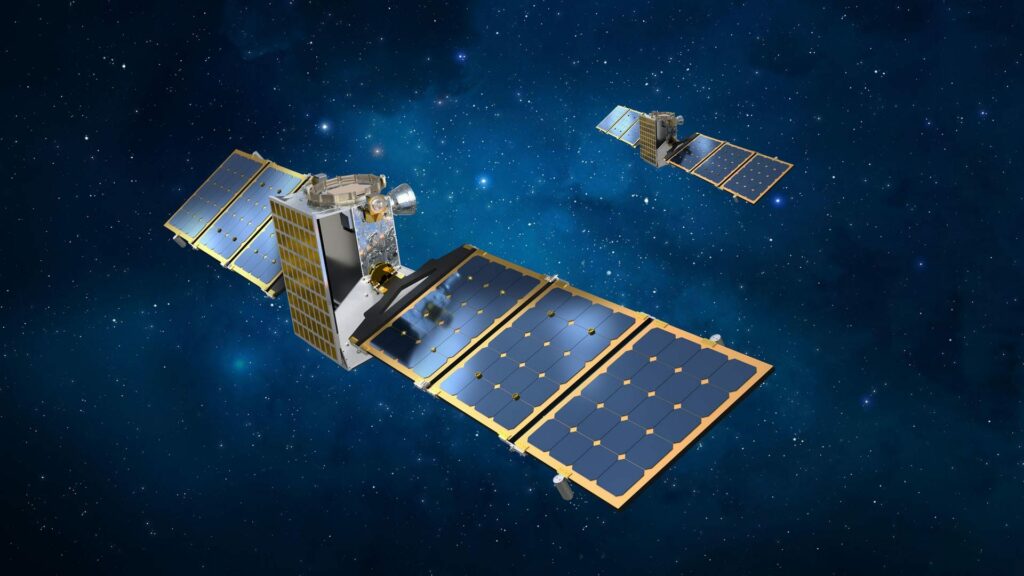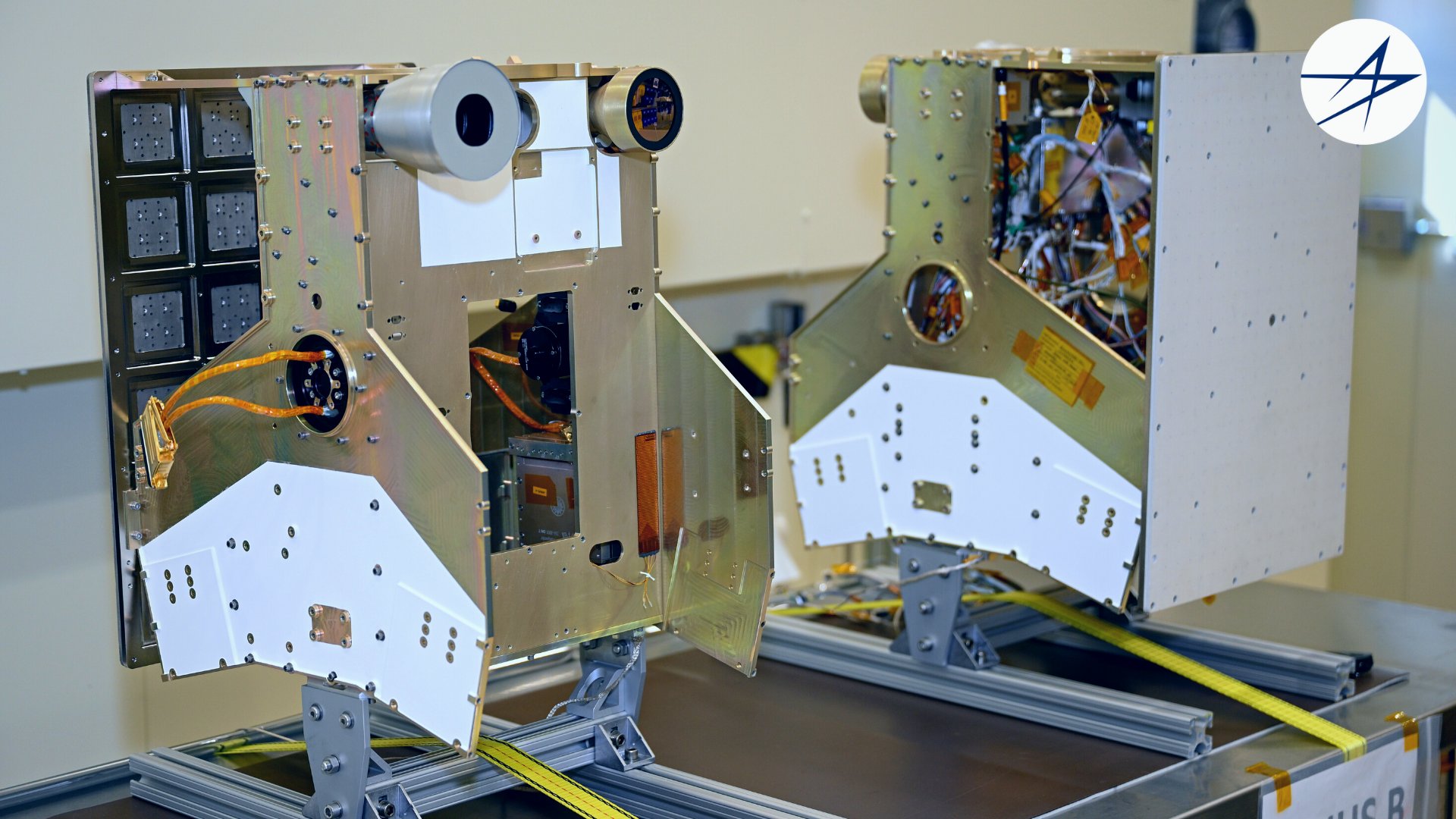NASA hopes to find new targets for the Janus mission. This was announced at a meeting of the participants of the Small Body Assessment Group held on January 25.
Mechanism of the Janus probes
The Janus mission was developed as part of the SIMPLEx-2 (Small Innovative Missions for Planetary Exploration) program, which provides for the study of Solar System objects using small and relatively inexpensive spacecraft. Both probes have an identical design. Their mass is 36 kg, the scientific filling consists of two cameras capable of taking images in the visible and infrared range.

Initially, Janus was supposed to go into space as a passing cargo of the Psyche mission. The probes were supposed to fly over a pair of binary asteroids (175706) 1996 FG3 and (35107) 1991 VH. They are part of the Apollo family.
Unfortunately, NASA had to postpone the launch of Psyche from 2022 to 2023. This left Janus out of work. Calculations have shown that when launched in 2023, the spacecraft will not be able to achieve either their original goals or any other near-Earth asteroids. Engineers also studied the option of Janus flying together with Psyche into the Main Asteroid Belt. Unfortunately, it is not feasible for energy reasons. As the probes move away from the Sun, their solar panels will produce less and less energy. Calculations show that it will not be enough to maintain operation just five months after launch — long before they reach the asteroid belt.
Finding new targets for the Janus mission
Both probes are currently in stock. However, the leadership of the mission hopes that it will be possible to find some suitable target for them. One of them may be the asteroid Apophis, which will approach the Earth in 2029. Other options are also possible. It all depends on the availability of an affordable carrier. The mission budget does not allow buying a separate rocket for launch, so Janus can go into space only as a passing cargo. Therefore, engineers will have to study all potentially suitable options.

Another problem that may complicate the task of finding targets for Janus is related to engines. During the creation of the NASA spacecraft, it was necessary to change the contractor who was engaged in the creation of the power plant. During the tests, the new engine worked 1,350 hours instead of the required 2,000 hours. According to the engineers, the problem may be related to the methodology of the organization of the test, and not the power plant itself. Nevertheless, it raised the issue of the resource of its work.
But, despite this, the leadership of the mission remains optimistic and urges not to bury it ahead of time. Janus still has chances to meet asteroids.
According to https://spacenews.com
Follow us on Twitter to get the most interesting space news in time
https://twitter.com/ust_magazine

